Fishing for carp isn’t just about and having barrow loads of kit, the latest high tech equipment and camping out day after day in pursuit of your quarry. In fact two anglers, Richard Gardner and Chris Maltby, have been doing exactly the opposite, fishing short sessions and using a very different, yet a very successful technique – the art of fly fishing. When these words left their lips it left me intrigued and I was soon arranging a session to see what all the hype was about. Meeting with Chris and Rick on a balmy, warm summerlike afternoon, they were confident of action. I soon learnt why, as Rick had taken 50 carp during a five week period last summer. Fishing short evening sessions after work, led to the capture of a 23lb 4oz specimen, demonstrating the effectiveness of this technique. What a better way to end a long day at the office.
 Talking to the pair, I learnt that both were very experienced fisherman having caught a range of monster fish from locations across the world. So what did they find so addictive about targeting carp after banking impressive marlin, bonefish and mahseer? ‘It’s all about the take,’ explained Chris. ‘That pull through your fingers as the fly line tightens up is like no other. Carp are such an accessible fish, growing big and fighting hard, and being able to target them off the top on light tackle is great fun’.
Talking to the pair, I learnt that both were very experienced fisherman having caught a range of monster fish from locations across the world. So what did they find so addictive about targeting carp after banking impressive marlin, bonefish and mahseer? ‘It’s all about the take,’ explained Chris. ‘That pull through your fingers as the fly line tightens up is like no other. Carp are such an accessible fish, growing big and fighting hard, and being able to target them off the top on light tackle is great fun’.
 A reasonable fly fishing outfit can be purchased for around £100 and it is better to buy good quality fly line over a rod or reel, which will make casting a far easier job. A forward weighted line is preferable, as its name says it is forward weighted which aids casting if any range is required. It is advised that beginners or novice fly anglers book a fly casting lesson with a reputable tutor. Time spent learning the basics of casting and presentation will stand you in good stead in putting your first fly caught carp on the bank. There is nothing worse than seeing mouths gulping down floaters, then dropping your hookbait a few feet short and thrashing the water to a foam as you try to reach them. When it comes to choosing a fly rod Rick favours an 8 weight variety which is nicely balanced to the size of fish he is targeting (mostly doubles and 20s). It has a great through action bending right to the cork handle, making the fight extremely enjoyable.
A reasonable fly fishing outfit can be purchased for around £100 and it is better to buy good quality fly line over a rod or reel, which will make casting a far easier job. A forward weighted line is preferable, as its name says it is forward weighted which aids casting if any range is required. It is advised that beginners or novice fly anglers book a fly casting lesson with a reputable tutor. Time spent learning the basics of casting and presentation will stand you in good stead in putting your first fly caught carp on the bank. There is nothing worse than seeing mouths gulping down floaters, then dropping your hookbait a few feet short and thrashing the water to a foam as you try to reach them. When it comes to choosing a fly rod Rick favours an 8 weight variety which is nicely balanced to the size of fish he is targeting (mostly doubles and 20s). It has a great through action bending right to the cork handle, making the fight extremely enjoyable.
 A hooklength of around six feet is a good starting point, tied using 10lb Gardner Zig Link. If fish are being particularly wary then increasing the length can bring more bites however, remember the longer the hooklength the more challenging it is to cast. This is joined to the fly line using a simple loop-to-loop method, the same method commonly used in match fishing circles.
A hooklength of around six feet is a good starting point, tied using 10lb Gardner Zig Link. If fish are being particularly wary then increasing the length can bring more bites however, remember the longer the hooklength the more challenging it is to cast. This is joined to the fly line using a simple loop-to-loop method, the same method commonly used in match fishing circles.
Incredibly simple yet very effective. Favoured hook patterns include Gardner Tackle Covert Wide Gape Talon Tip Hooks and Incizor patterns. These are tied directly to the hooklength using a standard grinner knot – simplicity at its finest.
 Hookbait choices vary depending on how the fish react on the day; these can include small Gardner Cork Balls, Gardner Zig Rig Foam or bulbous flies that have been tied to imitate dog biscuits. All are extremely effective, yet both Chris and Rick both favour either a small 8mm Cork Ball or a small cylinder of Gardner Zig Rig Foam.
Hookbait choices vary depending on how the fish react on the day; these can include small Gardner Cork Balls, Gardner Zig Rig Foam or bulbous flies that have been tied to imitate dog biscuits. All are extremely effective, yet both Chris and Rick both favour either a small 8mm Cork Ball or a small cylinder of Gardner Zig Rig Foam.
 A top tip is to ‘match the hatch’ and use a hookbait that mimics the size of the freebies you are using. If they are too big or small then they will sit differently on the surface of the water and could be viewed with suspicion by feeding fish. Feed is important and after trying several different versions last summer both Chris and Rick settled on Complete Cat Food biscuits. The herring flavoured version is particularly good as the oil gives off high levels of attractants in the water.
A top tip is to ‘match the hatch’ and use a hookbait that mimics the size of the freebies you are using. If they are too big or small then they will sit differently on the surface of the water and could be viewed with suspicion by feeding fish. Feed is important and after trying several different versions last summer both Chris and Rick settled on Complete Cat Food biscuits. The herring flavoured version is particularly good as the oil gives off high levels of attractants in the water.
This creates ‘flat spots’ on the water’s surface and the carp are particularly confident in feeding in these areas. These flat spots also have the advantage of making it easier to identify feeding fish in what otherwise would be ruffled water. When feeding, both anglers like to fire the bait high into the air so the biscuits create a distinctive noise when they hit the surface of the water. Not only does this sound attract fish into the area but it also gets the fish used to this identifiable noise. A sound that is often mimicked when the Cork Ball hookbait is cast onto the water’s surface, the only difference is this one has a hook attached.
 At the start of a session it is important to be patient and feed regularly to encourage the fish. Wait for the fish to gain confidence before casting, or what Chris and Rick called ‘dotting’. This is where you wait for different groups of fish to start feeding on the surface and then cast accurately, often within inches of their pale lips. Accurate casting like this can take a lot of practice, but as demonstrated by Rick the fish often turn and take the hookbait immediately, showing little caution. If they refuse the hookbait then the next group of fish are dotted. Adopting this technique is where using a fly rod comes into its own. There are no controller floats or anything else on the line to arouse suspicion from the carp. Often they will hear the plop of the cork ball as it hits the water and out of greed turn and suck the hookbait in.
At the start of a session it is important to be patient and feed regularly to encourage the fish. Wait for the fish to gain confidence before casting, or what Chris and Rick called ‘dotting’. This is where you wait for different groups of fish to start feeding on the surface and then cast accurately, often within inches of their pale lips. Accurate casting like this can take a lot of practice, but as demonstrated by Rick the fish often turn and take the hookbait immediately, showing little caution. If they refuse the hookbait then the next group of fish are dotted. Adopting this technique is where using a fly rod comes into its own. There are no controller floats or anything else on the line to arouse suspicion from the carp. Often they will hear the plop of the cork ball as it hits the water and out of greed turn and suck the hookbait in.
Hookbaits can also be inched back towards the path of feeding fish by slowly drawing the fly line back. There is no need for casting or drawing a controller float over the fish’s head that will often cause them to spook or become nervous.
The technique of fly fishing for carp was demonstrated perfectly by both anglers during a short afternoon session. After a challenging start where the wind played havoc with feeding and presentation the fish soon gained confidence and a cracking 19lb common fell to Rick.
 This capture demonstrated the art of ‘dotting’ as a cast within inches saw the fish turn and immediately suck in his 8mm Cork Ball hookbait. After this the fish spooked for a while and it was time move to the specimen lake. After several pouches of feed rained down on the water it wasn’t long before the fish were tempted up to feed on the surface. Mouths could soon be seen gulping in the freebies and I knew it wouldn’t be long before a fish saw the inside of the net. I was proved correct as two low double figure commons were soon being held aloft for the camera.
This capture demonstrated the art of ‘dotting’ as a cast within inches saw the fish turn and immediately suck in his 8mm Cork Ball hookbait. After this the fish spooked for a while and it was time move to the specimen lake. After several pouches of feed rained down on the water it wasn’t long before the fish were tempted up to feed on the surface. Mouths could soon be seen gulping in the freebies and I knew it wouldn’t be long before a fish saw the inside of the net. I was proved correct as two low double figure commons were soon being held aloft for the camera.
Essential Tackle
Rod: 8 weight fly rod
Reel: System 2
Line: 8 weight forward floating line
Hooklength: Six feet of 10lb Gardner Zig Link
Hook: Gardner Covert Wide Gape Talon Tip or Covert Incizor size 10 barbless
Hookbait: 8mm Gardner Cork Ball or Gardner Zig Rig Foam
Bait: Complete Cat Food with herring
Top Five Tips
• When fish are spooky increase the length of the leader to give them more confidence.
• A casting lesson with a qualified casting coach is money well spent and will give you a good head start.
• Invest money in a good quality fly line over a rod and reel.
• Feed freebies high in the air. The sound of the bait hitting the water will attract fish into the area and gets them used the sound a Cork Ball will often make when it hits the water’s surface.
• Wear polaroid glasses, not only will this help you identify fish they also protect your eyes when casting.
Venue Fact File
Name: Willinghurst Fisheries, Cranleigh, Surrey, GU5 0SU
Day tickets: £12 first rod; juniors, OAPs and concessions £9 first rod. Second rod for all anglers £4, evening tickets (after 4pm) £5. 24-hour tickets available £25
Contact: Paul Willinghurst 07774 188760
Email: paulwillinghurst@hotmail.com









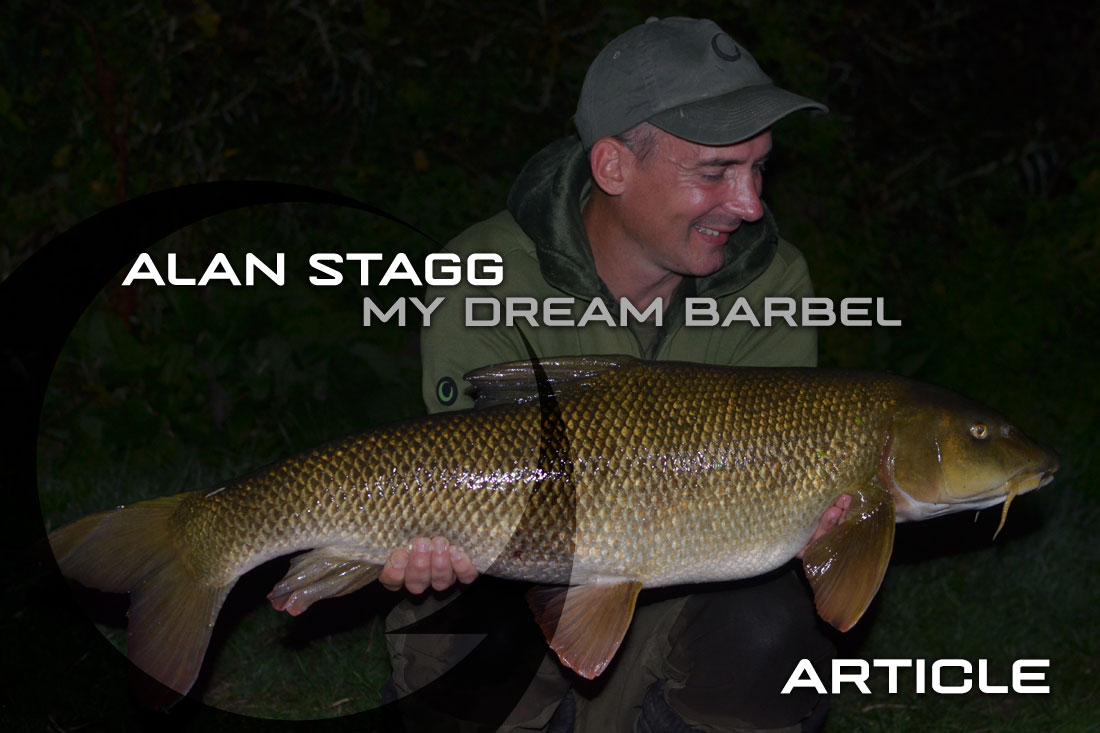
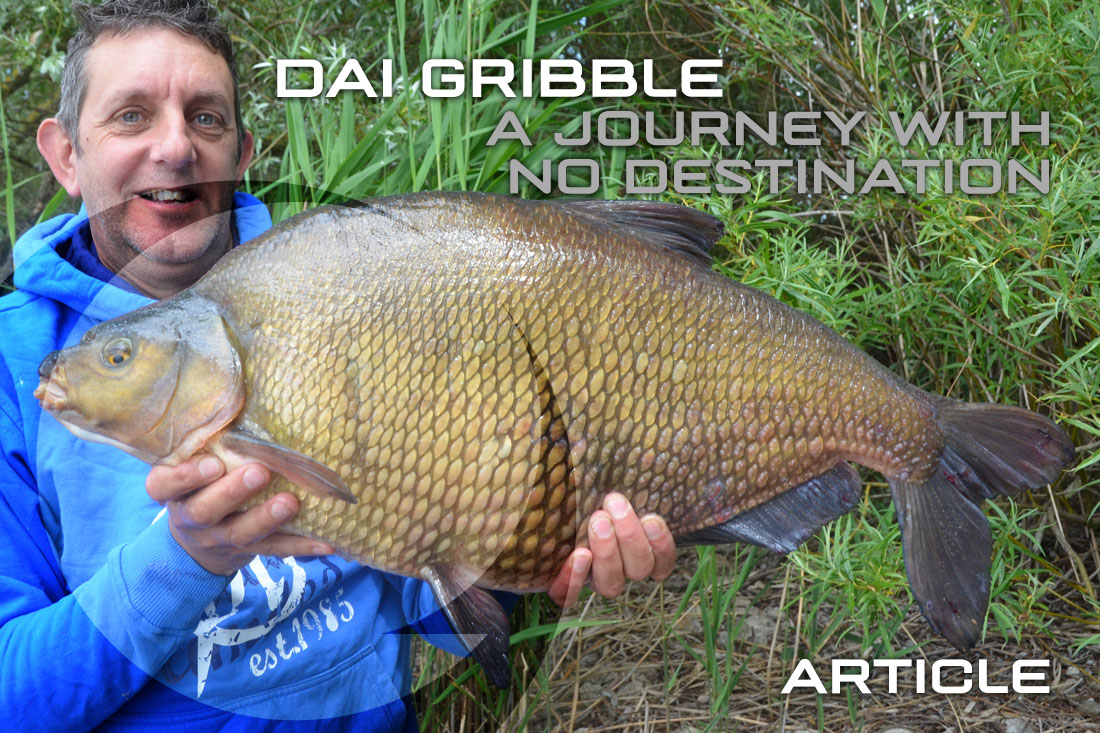
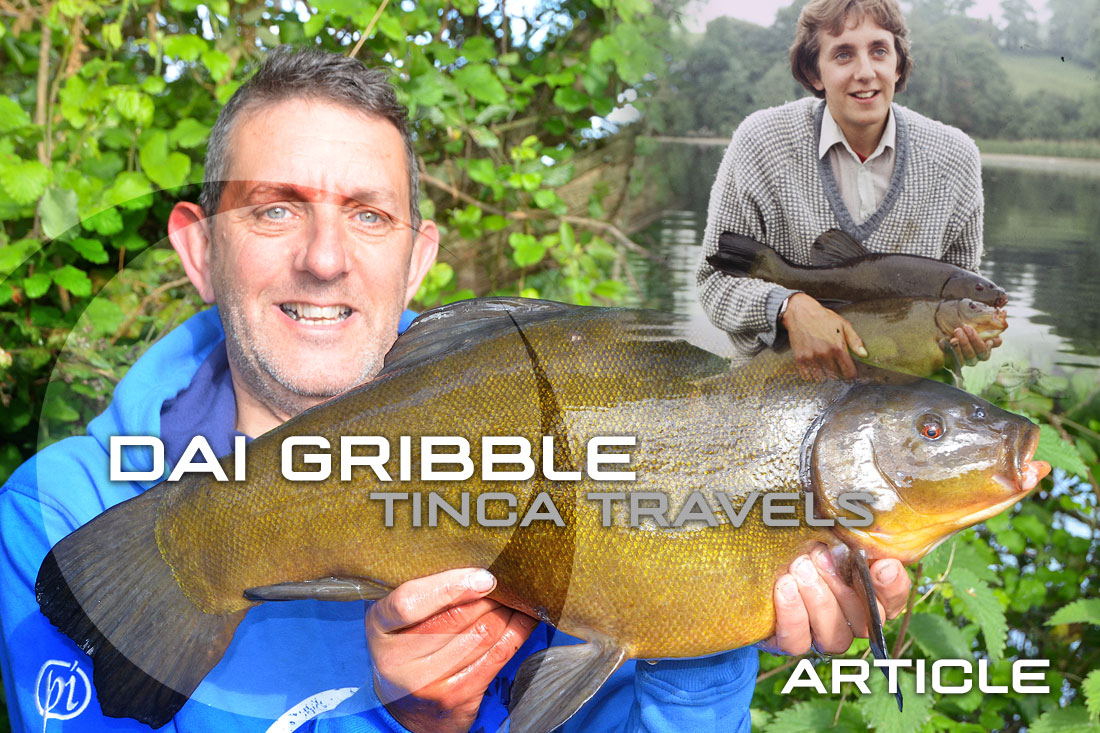

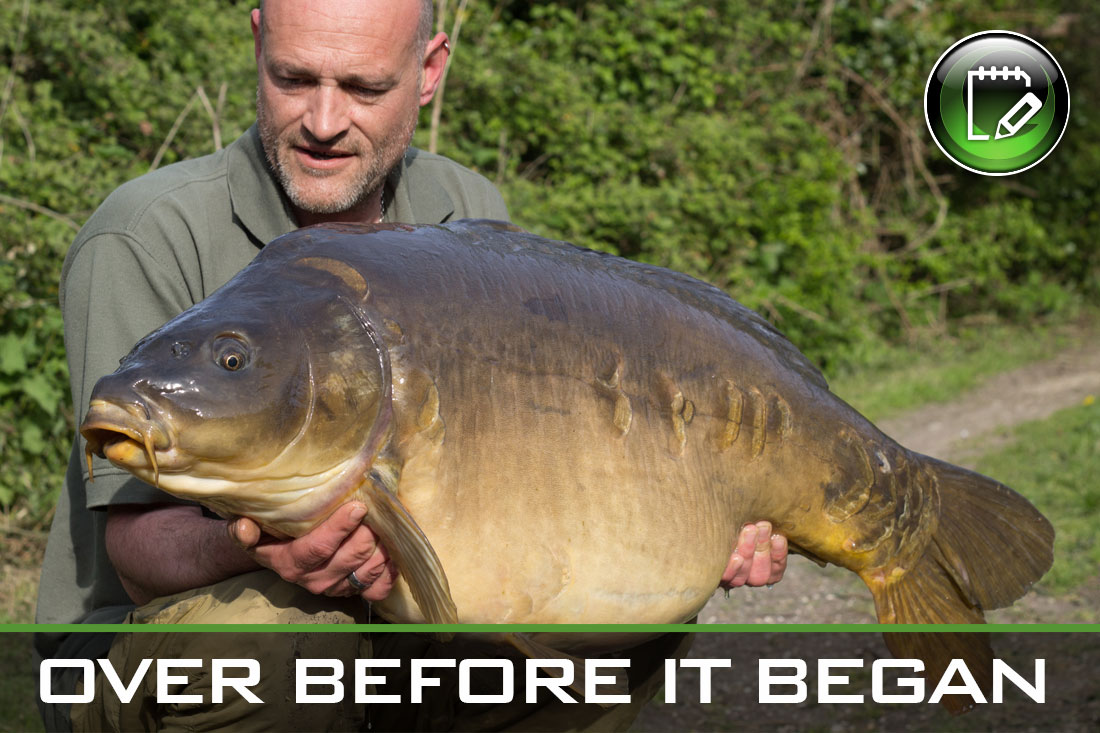
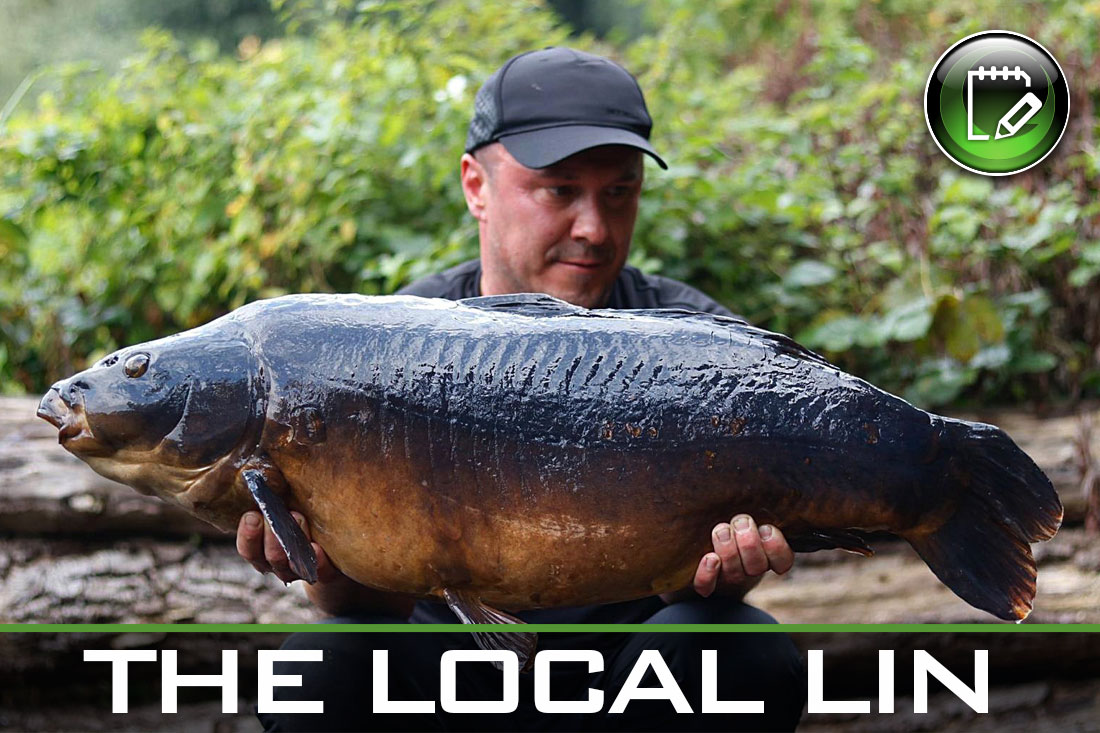
Leave A Comment